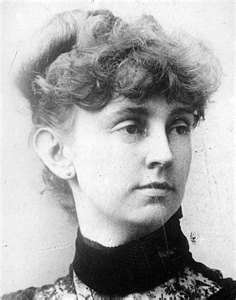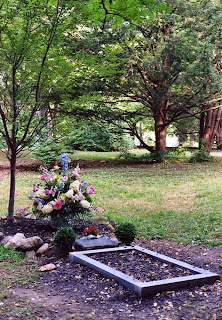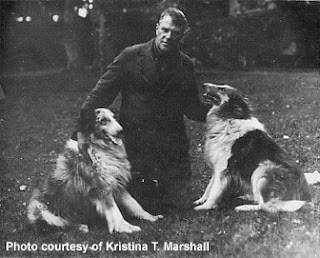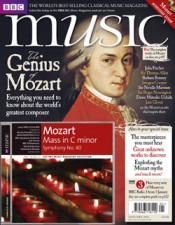Up very early and off to Paddington Station to meet our London Walks guide for our tour of Oxford and the Cotswolds. We all met by the ticket office at Platform 1, boarded the train and arrived at Oxford about 90 minutes later. The entire journey was pretty much done in a white out – the ground outside of London is still covered in a blanket of white snow and the weather was incredibly foggy. You really couldn’t see much more than 20 feet from either side of the train. A coach was waiting for us and we traveled to the lovely little village of Minster Lovell – detailed post to follow. Suffice to say that the village is filled with thatched cottages, narrow lanes, stone bridges over babbling rivers, etc etc. Reader, it was to die for. Didn’t take me long to pick out which cottage I wanted. Then it was off to Burford, a much larger town, where we had lunch and browsed the shops. Final stop in Oxford, where we took a walking tour. Greg and I peeled off from the group near the end to take care of the essential Three P’s of Touring as set down by myself and Victoria. The Three Ps are – a pint, a pee and a peek at anything that’s caught your eye. In this case, it was the Grapes (pee and pint both dispatched) and Waterstone’s bookshop, where I bought books by my favorite English authors that aren’t available in the States or on B&N website – a post on this soon. We arrived back in London at 7 and went to Boisdale of Belgravia for dinner – potato and leek soup (hot and warming) and Angus beef burgers (yummy).
Fell into bed and watch the first episode of a new show called Rock and Chips – later post. So, today is a leisurely day with no time tables – going to walk down the Mall and snake my way into St. James’s Street. Will walk Piccadilly, look round Shepard’s Market, pop into Fortnums, Hatchard’s and the Burlington Arcade, toddle my way down to Charing Cross Road and perhaps see a matinee of “When We Are Married” playing at the Garrick, etc etc. Nothing more than a rambling day round London Town. . . Oh, joy!













